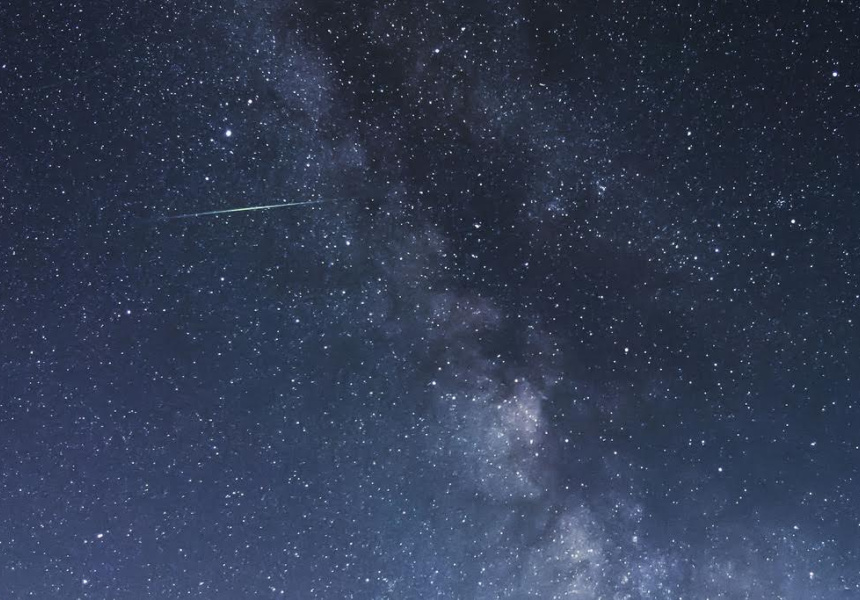Ice and rock shed from Halley’s Comet will put on a spectacular meteor show in the wee hours of Saturday May 7.
The shower, known as Eta Aquarids, takes place every year when the Earth passes through the comet’s broad trail of debris. Luckily for us in Australia, the phenomenon is best viewed from the Southern Hemisphere.
While there has been a limited amount of activity since April 19 when the shower began, it’s expected the display on the morning of May 7 will be particularly vibrant. The Earth is passing through the densest area of debris, which also coincides with the new moon (the opposite of a full moon), when the sky is at its darkest.
Never miss a Sydney moment. Make sure you're subscribed to our newsletter today.
SUBSCRIBE NOWPerry Vlahos, media liaison from the Astronomical Society of Victoria, offers this advice to those wanting to observe the shower first-hand: “People should try to find an open space out of town, around 60 to 70 kilometres out, away from the city lights.”
People should look skywards to the north-east to catch the action. While the dirty snowballs – as some scientists affectionately call meteors – generally originate from the constellation of Aquarius (hence the name Eta Aquarids), Vlahos says people should broadly scan that region of the sky as it is unpredictable where the meteor trails may first become visible.
Though Vlahos says it’s difficult to put an exact hour or time on it, he expects a decent demonstration will begin at 3.30am and continue until sunrise.
According to NASA, the Eta Aquarids meteoroids travel at around 240,000 kilometres per hour into the Earth’s atmosphere. This is relatively fast for a meteoroid and means there is a greater chance they will leave glowing, incandescent “trains”, which may last for several seconds or even minutes.
For anyone unable to head out of town, Vlahos suggests heading to an east-facing beach. Failing this, a dark, open park, or even your own yard is likely to give you a decent look.
Vlahos stresses patience, as meteor watching is “not an exact science”. There might be no action for a while, then several might come at once.
Halley’s Comet was last seen in 1986 and will not reappear until 2061, so this is a good opportunity to acquaint, or reacquaint, yourself with the phenomenon.
It is wise to get to your chosen destination a little early, around 30 minutes, so your night-vision kicks in. No special equipment is required to see the show – just a keen pair of eyes.
It is anticipated there will still be a reliable show the following morning, and a limited amount of random activity visible until May 28.
For anyone who misses out, debris from Halley’s Comet will produce an Orionid shower in October.

